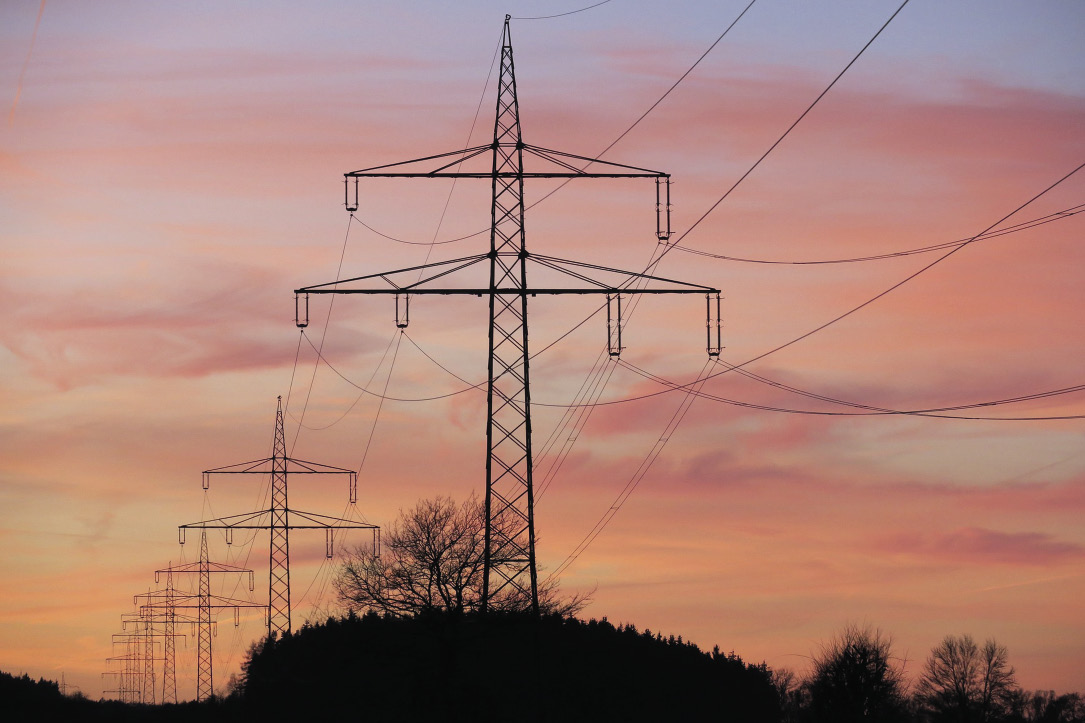From pv magazine USA
If you want a glimpse of the future of the U.S. clean energy transition, a good place to start is Texas. The state’s interconnection queue is loaded with solar, wind and storage.
Of the 121 GW of new utility-scale generation applying to the Electric Reliability Council of Texas (ERCOT), the state’s grid operator, 75.3 GW are solar, 25.5 GW are wind, and 14.5 GW are storage. Fossil fuels lag far behind, with natural gas at 5.4 GW and coal at 400 MW.

What makes these numbers significant, of course, is the Lone Star state’s historic and ongoing connection with the oil and gas industry – and its lack of any incentives for solar or wind. Still, in recent years, it has also become one of the nation’s largest and fastest-growing clean energy markets.
The Solar Energy Industries Association (SEIA) expects the state’s solar market to grow over the next five years, from 4.6 GW to almost 14.5 GW. That puts it only behind California as second in PV generation nationwide.
Clearly, the trend toward competitively priced clean energy in the U.S. is well past the tipping point. As California moves toward its goal of completely decarbonizing its grid by 2045, the state’s interconnection queue currently has only five natural gas projects on it, totaling about 819 MW out of an astronomical 87 GW of solar, wind and storage.
Even PJM Interconnection, the country’s largest grid operator, has 14.6 GW of fossil fuel generation in its interconnection queue, versus 52 GW of solar, wind and storage.
Popular content
The very obvious caveat here is that not every project on an interconnection queue will be completed and go online. But applying for and getting an interconnection agreement – a long, expensive process – is a key step in the development of any new electric power generation. Ensuring that a project will be able to connect to the grid and participate in wholesale markets shows investors, utilities and other corporate energy buyers that it is viable.
Still another caveat is that a strong renewable energy pipeline notwithstanding, natural gas and coal still account for almost two-thirds of the nation’s electricity generation, according to the U.S. Energy Information Administration. Wind is producing 7.3% of our power, and solar, 1.8%. While 14 states and the District of Columbia now have 100% clean energy targets, most have set deadlines of 2045 or 2050.
The growth of the solar, storage and wind industries will depend on how fast we can move from project pipelines to an electric system that provides power cleanly, safely, affordably and equitably across the country.
Author: K Kaufmann
This content is protected by copyright and may not be reused. If you want to cooperate with us and would like to reuse some of our content, please contact: editors@pv-magazine.com.


1 comment
By submitting this form you agree to pv magazine using your data for the purposes of publishing your comment.
Your personal data will only be disclosed or otherwise transmitted to third parties for the purposes of spam filtering or if this is necessary for technical maintenance of the website. Any other transfer to third parties will not take place unless this is justified on the basis of applicable data protection regulations or if pv magazine is legally obliged to do so.
You may revoke this consent at any time with effect for the future, in which case your personal data will be deleted immediately. Otherwise, your data will be deleted if pv magazine has processed your request or the purpose of data storage is fulfilled.
Further information on data privacy can be found in our Data Protection Policy.